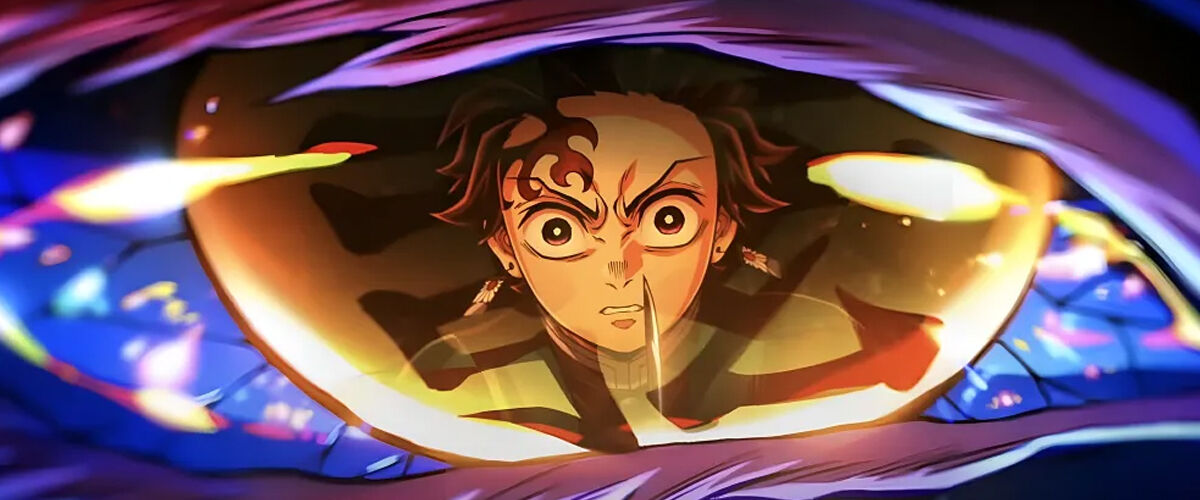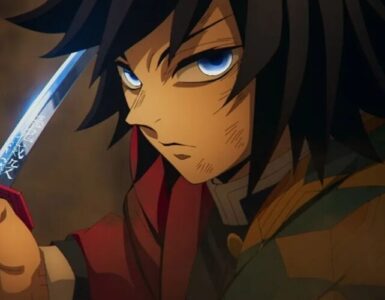If there’s one thing that Demon Slayer: Kimetsu no Yaiba has shown, it’s that stumbling isn’t in its blood. The original work, written and illustrated by Koyoharu Gotouge, is one of the best-selling manga series of all time, with a recorded 220 million copies in circulation as of July 2025, aided by a highly lauded anime adaptation that began in 2019.
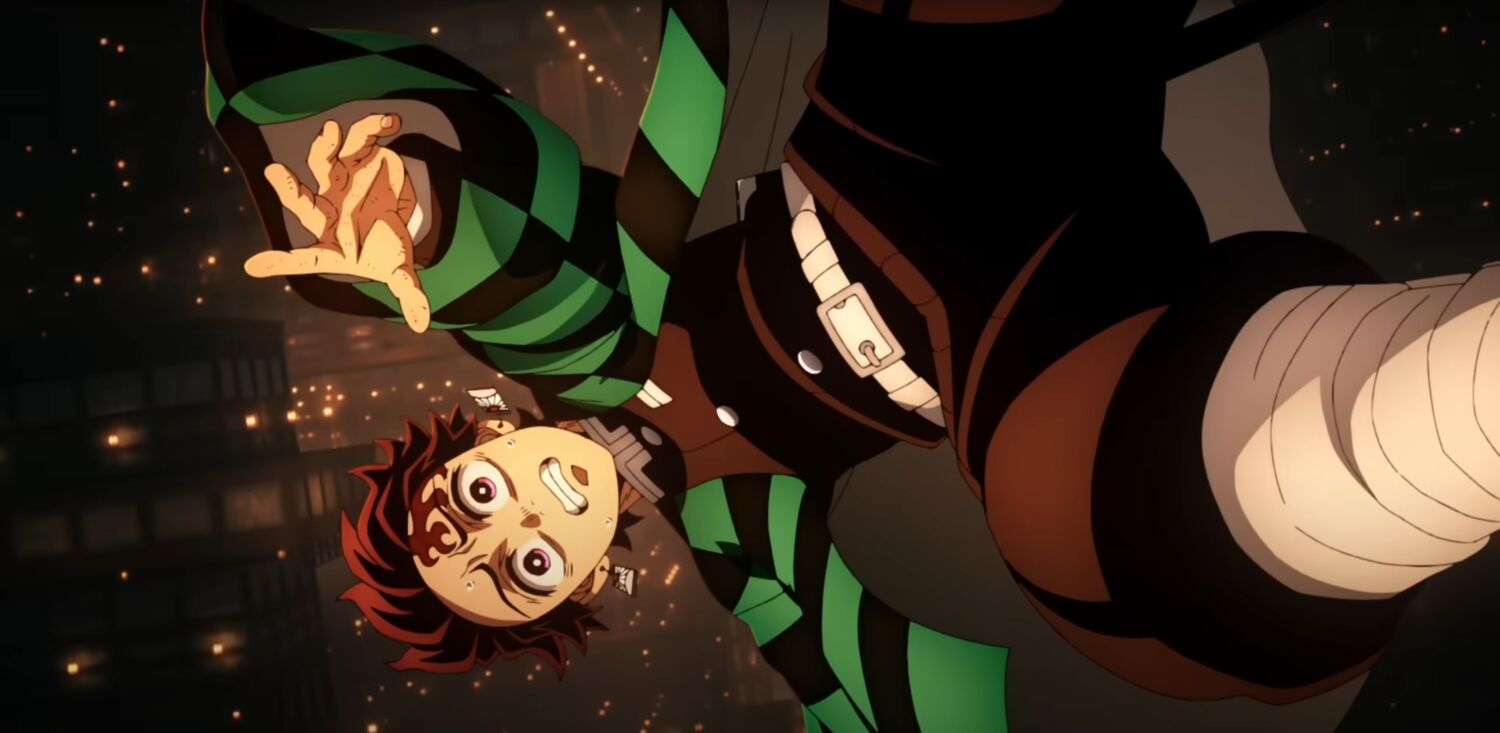
Fast forward six years, and its accolades are aplenty. Building a reputation for breathtaking visuals, sublime action choreography, nuanced characterisation, and a deft blend of emotional weight and humour, 2020’s Kimetsu no Yaiba: The Movie – Infinity Train is arguably the series’ proudest achievement, bowing out as an animated darling that broke several box office records, including the highest-grossing Japanese and anime film of all time.
Until now, that is.
Demon Slayer: Kimetsu no Yaiba – The Movie: Infinity Castle looks to one-up its predecessor (the in-between titles aren’t counted, serving more as compilation films rather than a full-length feature), already shattering some of the milestones set by Infinity Train at the Japanese box office. The highly anticipated outing has the unenviable task of upholding sky-high expectations, but like before, it shrugs them off to deliver a visual spectacle crafted from rip-roaring fight sequences, effective character arcs, and exceptional scoring, even as uneven pacing and the lengthy exposition dull some of the emotional edge.
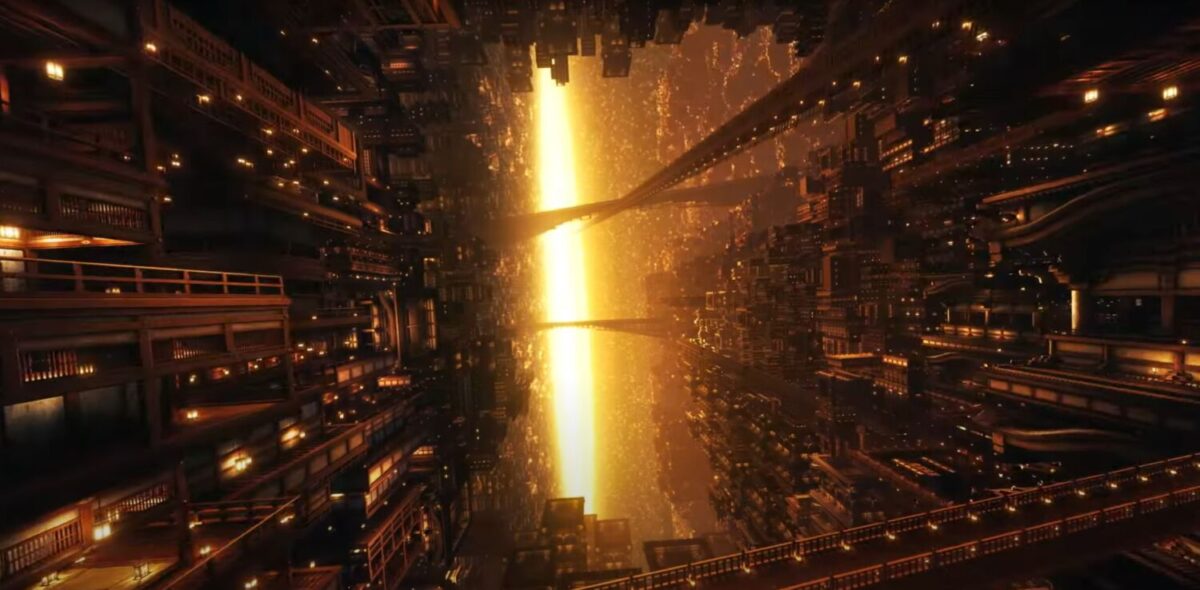
The first in a planned trilogy set to adapt the Infinity Castle arc, it follows protagonist Tanjiro Kamado (voiced by Natsuki Hanae) and his fellow demon slayers as they battle the most powerful of Muzan Kibutsuji’s (Toshihiko Seki) subordinates, the Upper Moons, in the titular Infinity Castle. It wastes no time diving into the action, eschewing a recap or summary of past events to reintroduce viewers to the dimensional stronghold’s sprawling premises that are brimming with demons. While navigating the shifting architecture, the group is separated, mostly into pairs, and thrust into a perilous, high-stakes showdown against various opponents.
With studio ufotable and Haruo Sotozaki, director of the anime series and Mugen Train, back at the helm, there’s little change to the formula. The movie is a near beat-by-beat adaptation of the source material, plus a few original developments, so all major plot points have been retained. Animation continues to be its pièce de résistance, transforming Infinity Castle into eye candy at every turn.
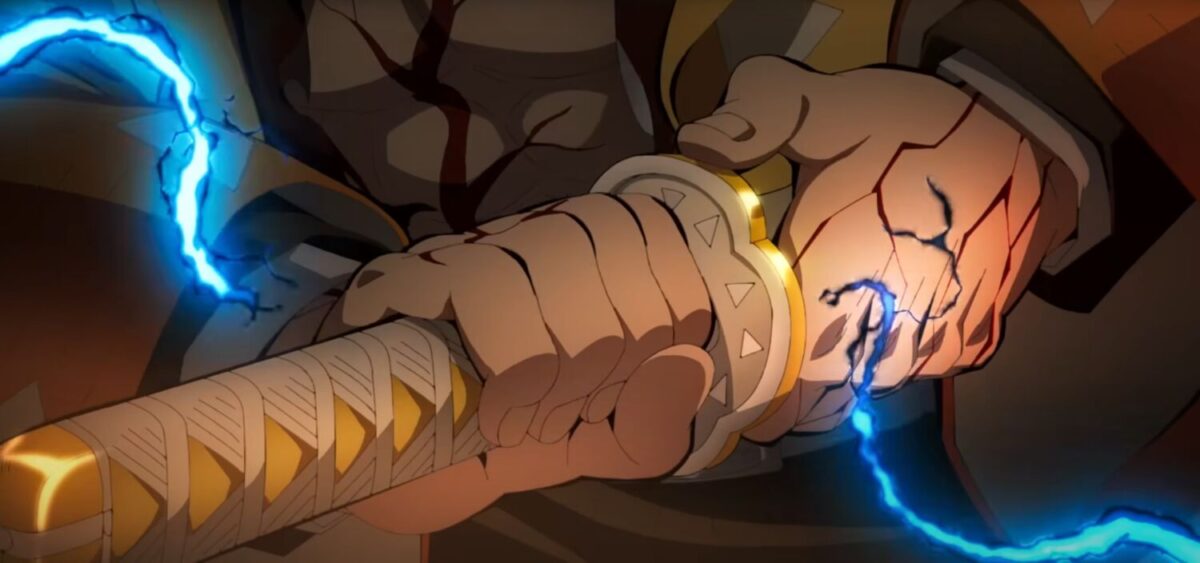
It’s impressive how the visuals never lose their magnetism, especially in recurring scenes. The gravity-defying camerawork that wraps around the castle, for instance, is hardly new, but consistently evokes a fresh sense of awe, whereas the vibrant, striking hues that adorn a character’s elemental attacks or Breathing Techniques are mesmerising to watch on the big screen, and more so in IMAX. Scene transitions and camera movements also unfold smoothly, bringing attention to the intricate environmental details. In one particular sequence, the animation even morphs seamlessly into a more traditional art style, reinforcing its bold, snazzy nature.
When the action kicks in, ufotable’s latest promises battle choreography that makes the blood sing. The thrilling set pieces prove effective at elevating tension, playing into the constant, unflinching sense of danger faced by the demon slayers, with the fast-paced and dynamic energy making it easy to stay engrossed. An exceptional music score serves to refine the kinetic finish, pairing gritty, distorted tunes with traditional Japanese instruments that pulse rhythmically against the clash of metal and motion on-screen, and switches to mellower, soulful notes during the emotional moments.
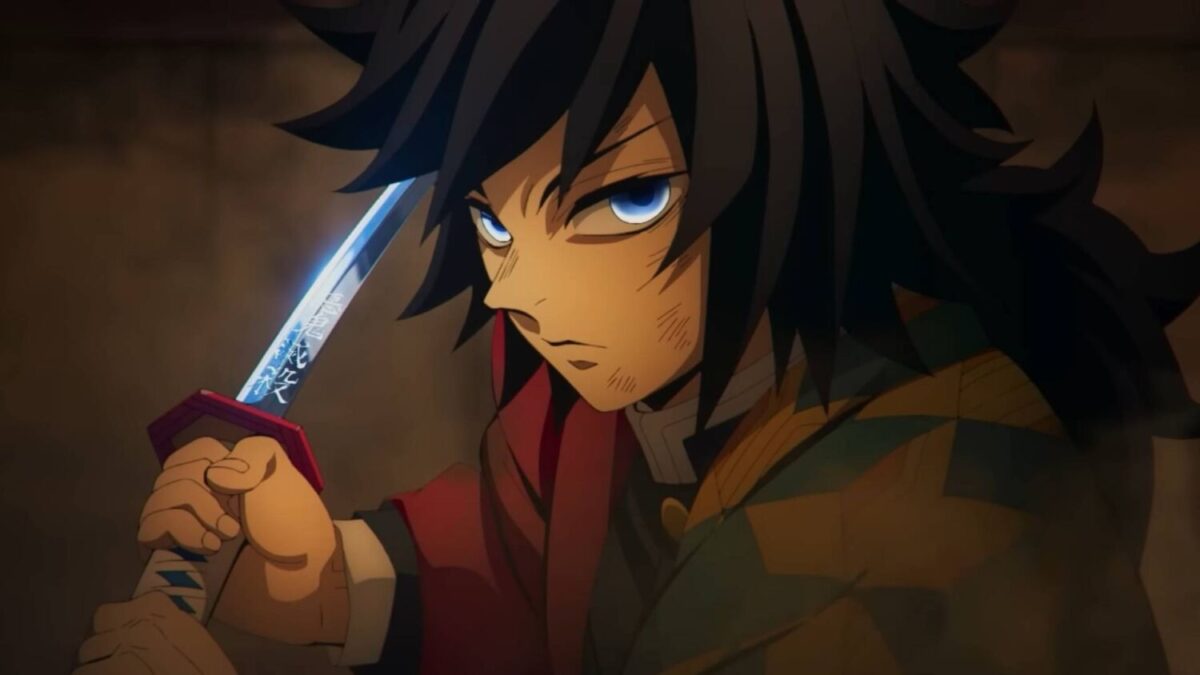
Tanjiro may be the lead character of Demon Slayer, but Infinity Castle doesn’t shy away from spotlighting other notable individuals, including Insect Hashira Shinobu Kocho (Saori Hayami), Water Hashira Tomioka Giyu (Takahiro Sakurai), and Zenitsu Agatsuma (Hiro Shimono), as well as Upper Rank Two demon Doma (Mamoru Miyano) and returning antagonist Akaza (Akira Ishida) – all brought to life through strong voicework. As usual, Hanae voices Tanjiro with great verve, shifting seamlessly between his serious, level-headed self and the other facets of his personality.
Elsewhere, Zenitsu is the most solemn he’s ever been, with Shimono delivering the delicate notes required for the climax of his arc effortlessly. As for the two Hashira who haven’t quite gotten their time to shine, both Hayami and Sakurai command a strong presence during their respective parts, fleshing out the yet-to-be-shown aspects of their characters – the former rooted in anger, and the latter, in his dynamics with Tanjiro.
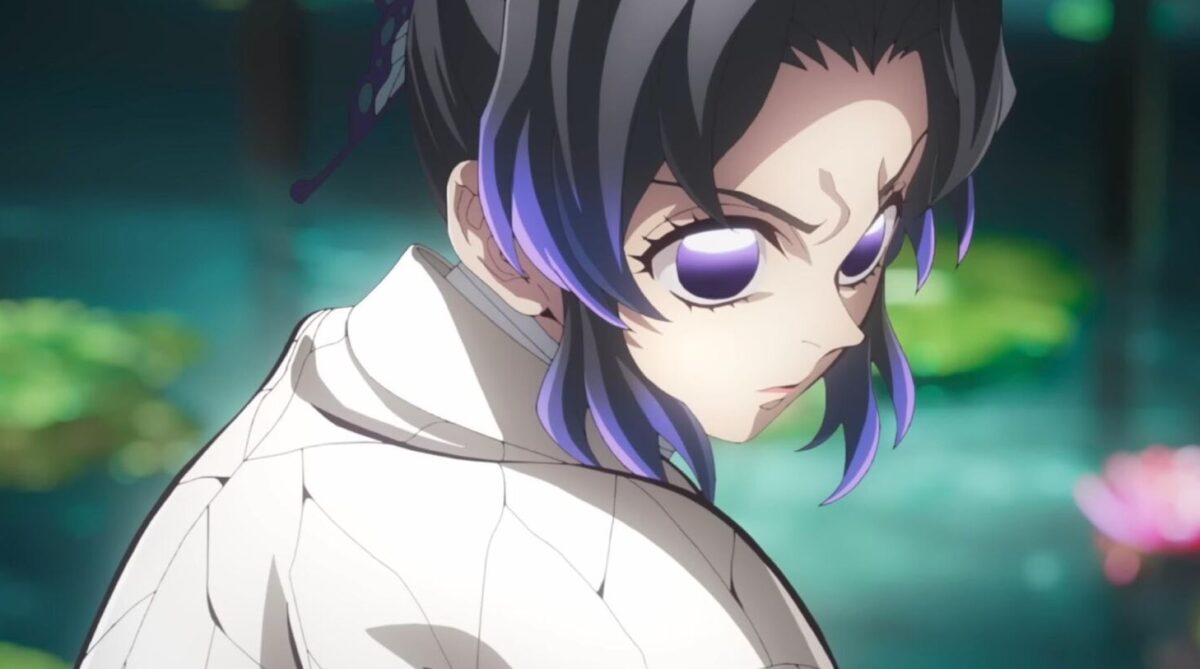
While Miyano continues to impress with his chops at portraying charming and deranged characters, successfully capturing Doma’s sadistic, carefree duality, Ishida’s performance as Akaza is particularly outstanding, which is no surprise considering the ‘Akaza Returns’ subtitle. As manga readers would know (and without spoiling anything for those who don’t), there’s more to the Upper Rank Three demon than meets the eye, and the industry veteran’s masterful balance of vulnerability and battle-crazed intensity does his background justice. Suffice it to say, voice acting is easily one of the biggest strengths of Infinity Castle.
The same cannot be said for its narrative structure, however. Although the film stays faithful to the original work, it suffers from a clumsy presentation that, at times, inadvertently underscores the emotional storytelling. The pace isn’t the most consistent, either – where the first half packs a healthy mix of exposition and action, the latter feels unnecessarily dragged out.
To be fair, the 155-minute runtime offers several original touches that benefit some of the minor characters, such as Kiriya Ubuyashiki, the new head of the family, and his sisters, who are featured more prominently on the silver screen. In other instances, it falls flat because the scenes in Infinity Castle often cut to flashbacks or another tonally different segment, which disrupts the story flow and softens the impact the film wants to convey, in terms of both emotional and action weight.
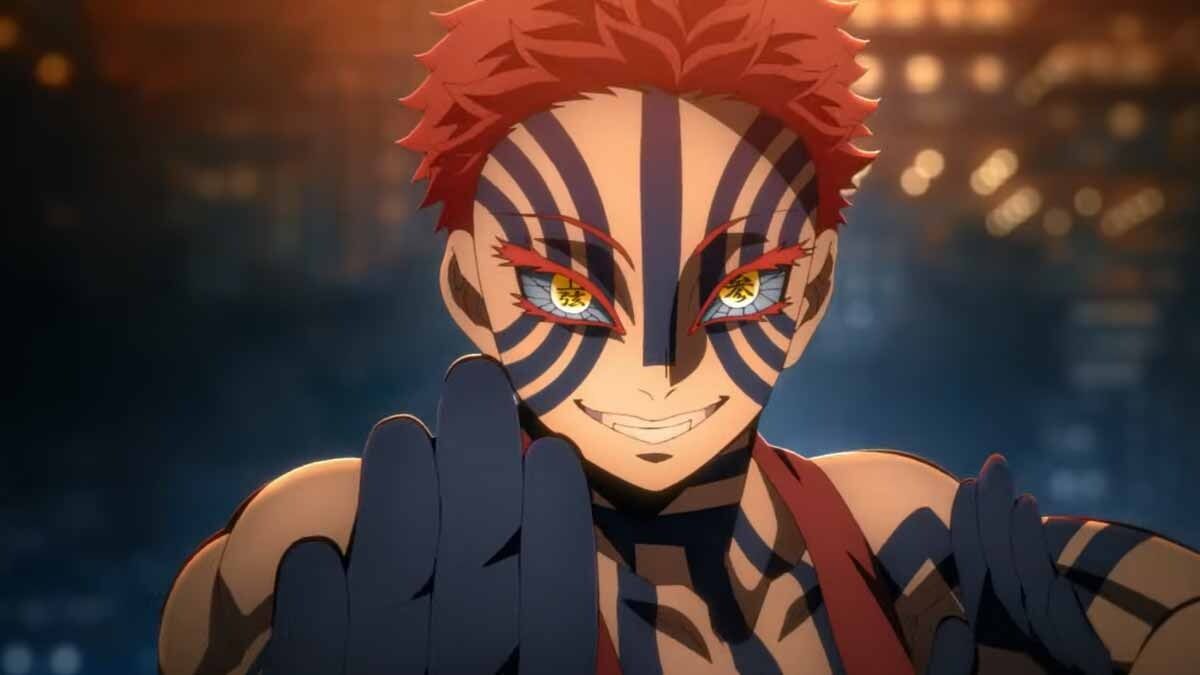
Granted, these flashbacks are pivotal to the overall plot and character growth, but the back-and-forth can be jarring, especially since it happens multiple times, and gives off the impression that there’s no beginning or end to the massive climax lying in wait, just like infinity.
Even so, Demon Slayer: Kimetsu no Yaiba – The Movie: Infinity Castle comes highly recommended for fans. It inherits the best parts of the series and weaves them together neatly enough, from visually arresting animation and adrenaline-pumping action to emotionally resonant character arcs. The movie is no Infinity Train, but it shares the same spirit for artistry and ambition, proving to be an enthralling watch in its own right.
GEEK REVIEW SCORE
Summary
Demon Slayer: Kimetsu no Yaiba — The Movie: Infinity Castle presents a labyrinth of top-notch animation, strong cast performance, and high-octane action, setting the stage for emotional punches to land hard – though not quite to its fullest potential.
Overall
8.4/10-
Story - 8/10
8/10
-
Direction - 7.5/10
7.5/10
-
Characterisation - 9/10
9/10
-
Geek Satisfaction - 9/10
9/10

